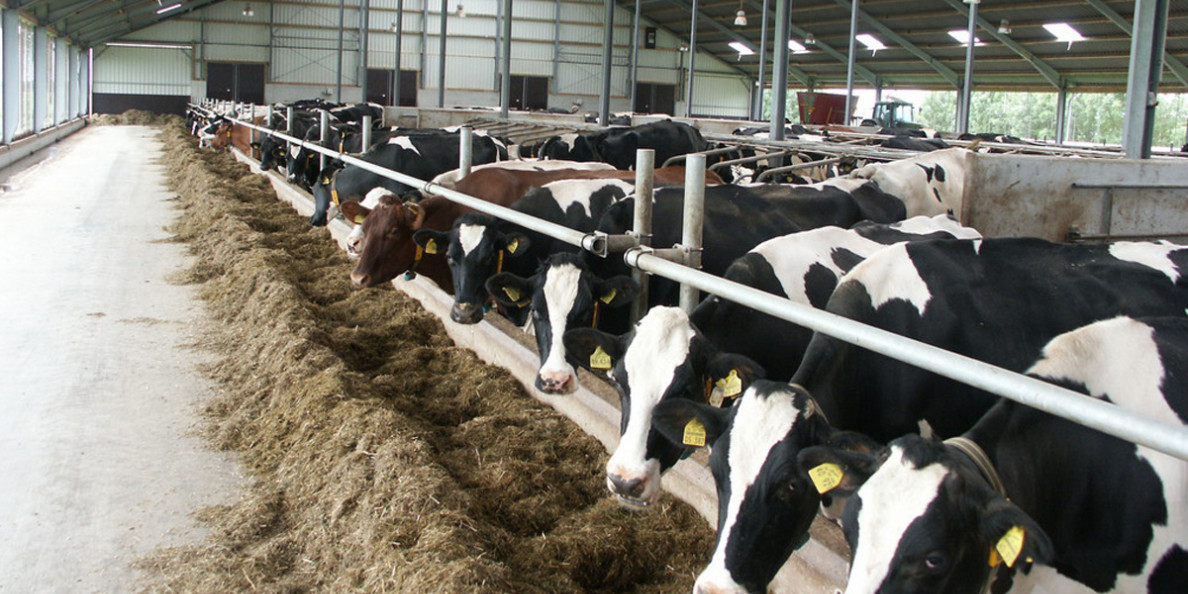- By Dana Zook
Oklahoma recently jumped into uncharted territory as the fourth-largest cotton producer in the nation due to this year’s bumper cotton crop. This is fantastic for cotton producers but equally great for those in the cattle industry who can capitalize on increased availability and more reasonable pricing of cotton by-products.
Some commonly utilized byproducts of the cotton industry are whole cottonseed, cottonseed meal, cottonseed hulls and cotton burrs. Due to their low nutritional quality, burrs, hulls and another product called gin trash should be utilized solely as a fiber source for “scratch” and filler in rations rather than supplement. Each byproduct has its place in the beef industry; however, due to more favorable pricing, there is renewed interest for whole cottonseed as a winter supplement.
Feeding recommendations
The unique protein and energy content of whole cottonseed has resulted in its increased popularity as a feed source for the beef and dairy industries. Cottonseed contains approximately 20 percent protein, making it comparable to conventional 20 percent winter supplements. Where cottonseed differs from other supplements is the fat level which is reported 16-18 percent in the current crop. For cows, fat is energy. The nutritional energy measure for cows is total digestible nutrients or TDN. Cottonseed will run 75-85 percent, TDN making it a fantastic winter supplement. Producers should follow feeding recommendations because too much fat can reduce forage digestibility, ultimately reducing the value of the supplement.
In situations where cottonseed is being supplemented to cows in good body condition, no more than 0.5 percent of BW would be needed. In situations where cows need to make up body condition, a slightly higher level is warranted at 0.75 percent. For example, a 1,200-pound cow in good condition could be safely fed 6 pounds of cottonseed on a daily basis. Whole cottonseed is not only a feed for mature cows but can also be used as a supplement for stocker calves. The feeding level is greatly reduced as no more than 0.3 percent of BW should be fed. For example, a 600-pound stocker calf should be fed no more than 2 pounds on a daily basis.
Producers should be aware that increased fat levels of cottonseed will cause cattle to have loose stools and so care should be taken to slowly adapt them to these levels.
Feeding value compared to other winter supplements
When considering feeding whole cottonseed to a cow herd for a supplement, it is good practice to compare a variety of options. Some current prices of cottonseed have come down to where they are a comparable alternative to you standard 20 or 38 percent cube. Prices will vary so producers should compare the cost per pound of protein to understand the real value as a winter supplement. It is important to note the additional labor required for feeding the cottonseed compared to the cubes and the additional obstacles with storage.
Gossypol toxicity
A drawback of some cotton byproducts is the potential for gossypol toxicity. Gossypol is a natural occurring yellow pigment found throughout the cotton plant, with highest concentrations found in the seeds. High levels of gossypol consumption can be toxic to cattle. Whole cottonseed and cottonseed meal are the primary sources for gossypol. Cattle can tolerate higher levels of gossypol when feeding whole cottonseed versus cottonseed meal due to whole cottonseed having a slower digestion rate.
Gossypol toxicity is of greatest concern for herd bulls. Limited research has shown reduced fertility in bulls fed cottonseed. Because of this, producers should weigh this risk and potential effects on bull fertility with the savings on feed. Keep in mind, feeding cottonseed at the recommended levels greatly decreases the incidence of reproductive failure and health concerns due to gossypol.
Storage and handling
Just like any feed ingredient, producers should take measures to store whole cottonseed properly. Similar to forages baled too wet, whole cottonseed is susceptible to molding and combustion.
To minimize losses, store seed that is less than 10 percent moisture in an area sheltered from rain. Be aware that whole cottonseed does not flow through augers well and will need to be handled with a scoop or front end loader. This may be a limitation for some producers.
Zook is Oklahoma Cooperative Extension Service northwest area livestock specialist.


